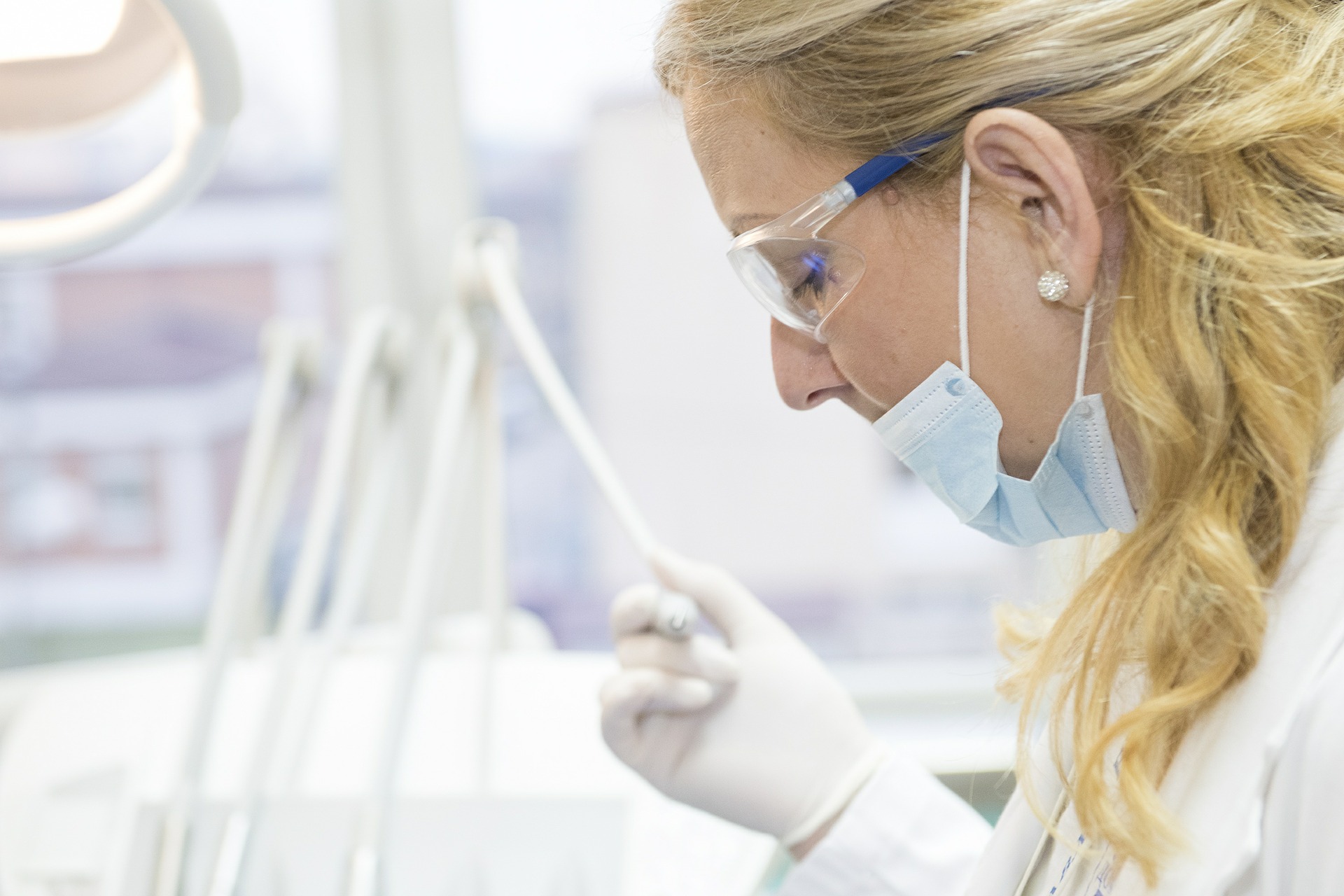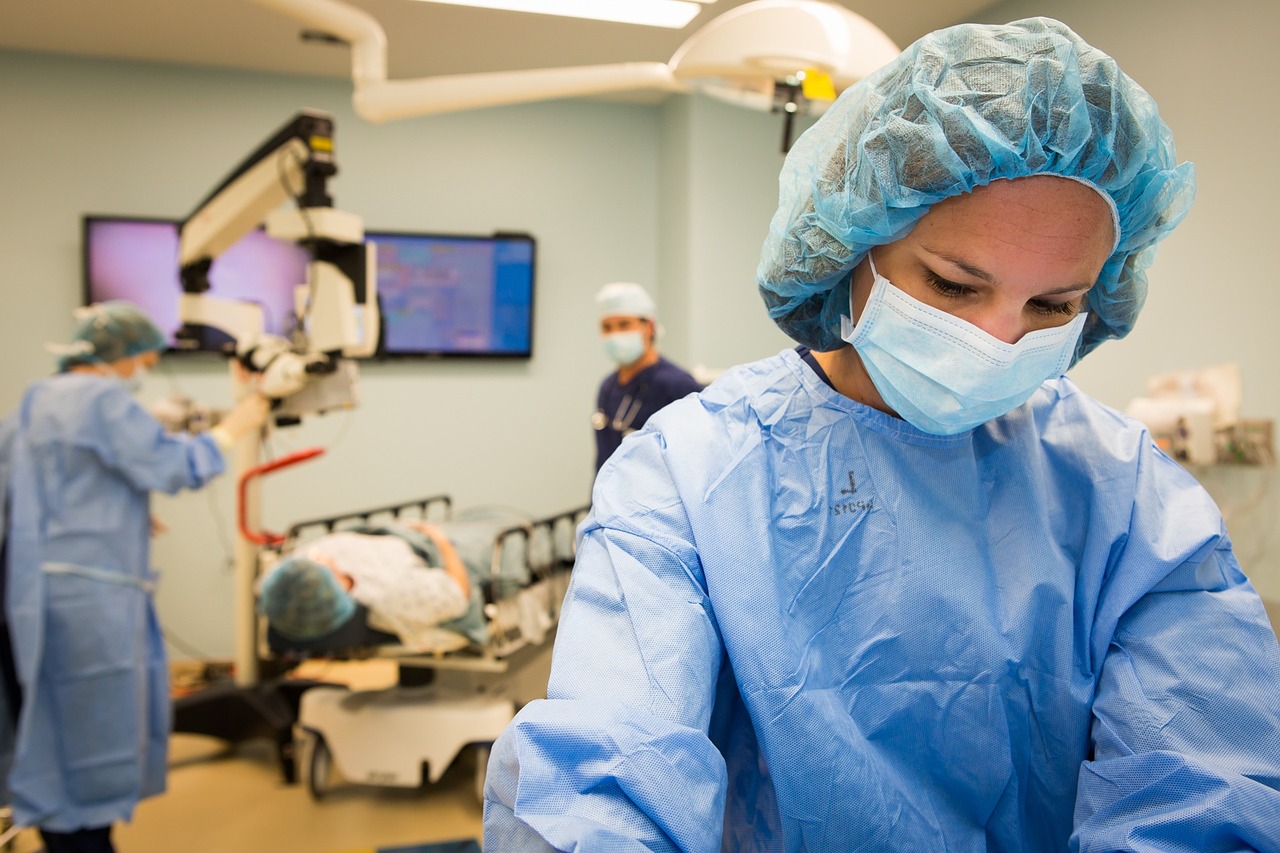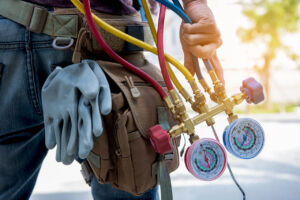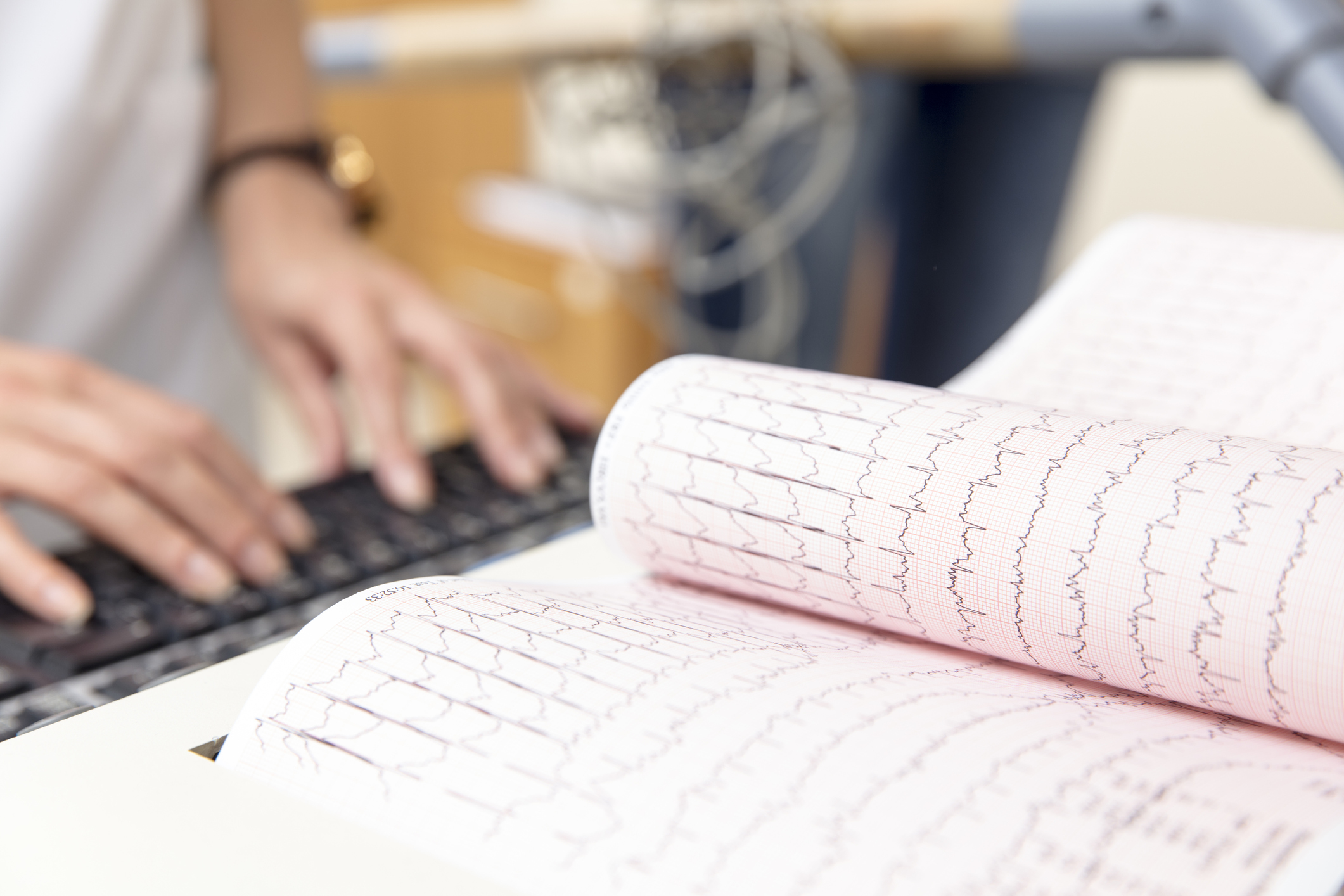Medical assistants have a long list of responsibilities, but among the most satisfying is performing EKGs. Using cutting-edge technology, you’ll help doctors peer into the hearts of patients. So, let’s explore what electrocardiograms are, how they’re done and what your role will be as a medical assistant.
What Does a Medical Assistant Do?
Medical assistants manage important clinical and administrative responsibilities. Multi-talented support professionals, they’re members of the health and clerical teams. Their work includes:
Scheduling
Medical assistants collaborate with providers and front office specialists to schedule urgent appointments, using their clinical know-how to prioritize care based on need.
Rooming Patients
Medical assistants get patients settled in exam rooms while wrapping up clinical and recordkeeping tasks such as taking vital signs, updating health records, and completing verbal screens for pain and mental health concerns.
Administering Medications
Under a clinician’s supervision, medical assistants give a wide selection of medications from childhood immunizations to annual flu shots.
Wound Care
Medical assistants provide basic wound care such as suture removal and changing dry dressings.
Helping with Surgical Procedures
Many doctors offer in-practice surgical procedures such as biopsies and mole removal. Medical assistants help by preparing the equipment, passing instruments, and comforting patients.
Infection Control
Medical assistants prevent the spread of disease by sanitizing exam rooms, disinfecting equipment and sterilizing instruments and supplies.
Phlebotomy
Among a medical assistant’s most sought-after skills is phlebotomy. You’ll take blood samples and process them for testing or shipment to an off-site lab.
Billing and Coding
A medical assistant’s role is typically more clinical than clerical, but many tasks overlap. Coding insurance forms to reflect the services rendered in the exam room is one example. And medical assistants are also trained to assist with billing and more.
Stocking Exam Rooms
Medical assistants oversee exam rooms, ensuring that they’re clean, comfortable, and well stocked with supplies.
Patient Education
Medical assistants communicate with patients on the doctor’s behalf. As their representative, they reinforce their recommendations and relay information such as test results and how to prepare for procedures or diagnostic tests.
Performing EKGs
Treks to the hospital for EKGs are a thing of the past. Now, medical assistants perform them in doctor’s offices. Let’s review the procedure.
How Does a Medical Assistant Administer an EKG?
Electrocardiograms are tracings of the electrical activity in the heart. Developed by Dutch doctor and medical researcher, Willem Einthoven, it’s one of many diagnostic tests used to evaluate heart function.
Medical assistants perform or assist with several types, including stress testing and Holter monitoring. The most common, however, is the 12-lead EKG.
A quick but critical test requiring technical and people skills, it’s inexpensive, painless, and generally well-tolerated. In less than 20 minutes, it can identify dangerous conditions from dysrhythmias and electrolyte abnormalities to cardiomyopathy and heart attacks.
Depending on where you work, you may perform them occasionally or do dozens per week, managing the process from start to finish. The steps include:
Step 1: Preparing the Equipment
Preparing for an EKG begins with setting up the equipment and gathering supplies. You’ll start by performing quality control checks on the electrocardiograph to be sure it’s running properly.
Electronic devices in the room, such as air conditioners and fans, can interfere with tracings and should be turned off for testing. Next, you’ll collect the necessary supplies from alcohol and shavers to electrode pads and leads. The goal is to make the process as quick and comfortable as possible for the patient.
Step 2: Prescreening Patients
EKGs are ideally performed with the patient lying down, but some people need accommodations. Patients with congestive heart failure, for example, may struggle to breathe when lying flat while others are confined to a wheelchair and can’t be transferred.
Prescreening patients lets you identify the many health and mobility restrictions that affect the testing process. Proper positioning improves patient cooperation and contributes to good results.
Unlike some blood tests, there are usually no other pretest restrictions. However, make sure the patient is feeling well before you get started.
Step 3: Patient Education
Patients are anxious about most tests no matter how simple, but you can diffuse that by explaining the procedure. They have a right to know, and it alleviates stress. Getting the best results requires them to follow simple cues and remain still until signaled. Reviewing the process step-by-step increases the likelihood of first-time success.
Step 4: Physical Preparation
The requirements for an EKG are minimal but critical, you will:
- Ask patients to turn off their cell phones and remove their metal jewelry including body piercings that may interfere with the electrocardiograph.
- Offer loose-fitting garments to make electrode placement easier and help them change, if necessary, while protecting their privacy.
- Shave the body hair over where the electrode pads will be applied. Cleansing the skin with rubbing alcohol helps them stick better. Pads come pre-moistened with a tacky solution, so wait until the patient is ready before opening the packages so that they don’t dry out.
- Help patients get on the exam table and let them get comfortable. Parents can stay with their children to keep them relaxed.
Step 5: Perform the EKG
To do the EKG:
- Position the electrode pads as directed for a 12-lead EKG and attach the color-coded leads, it’s foolproof. Make sure they’re secure.
- Prepare the EKG machine.
- Instruct the patient to take a deep breath and stay still until they’re told the test is done. It takes about 10 seconds to complete the tracing.
- Let the patient breathe while checking the reading quality. If there’s too much artifact or distortion, repeat the tracing.
Medical assistants don’t interpret EKGs, but with experience, they can identify emergencies. Unexpected results should be brought to the doctor right away. More than one patient has had a heart attack while having an EKG.
Step 6: Aftercare
After the test, you will:
- Disconnect the leads. Most patients prefer to remove the electrode pads themselves if they can.
- Help patients with mobility impairments to change their clothes and gather their belongings, if needed.
- Explain who to contact for results, and what to do if they have worrisome symptoms like chest pain or shortness of breath.
- Collect used linens and supplies to prevent the spread of infection.
- Clean and sanitizes the space for the next patient.
Step 7: Recordkeeping
When the EKG is complete, recordkeeping depends on the type of equipment you used. Once, technicians would print out a strip and tape it in the patient’s chart. However today, some are digital, and the results are automatically uploaded.
If the patient was referred by another doctor, you may need to forward the results with the patient’s consent.
How Do Medical Assistants Learn to Do EKGs?
Vocational school medical assisting programs prepare students for entry-level positions. The curriculum covers the required skills including how to perform EKGs.
Training is quick but complete. You’ll practice in the classroom using the latest equipment. Clinical experiences will help you build confidence, so you help patients with EKGs.
Final Thoughts
Medical assistants with a passion for heart health will enjoy the thrill of doing EKGs. Working shoulder-to-shoulder with physicians to diagnose and treat cardiovascular disease is a consequential and rewarding role. Take the time to learn more about CyberTex and our medical assistant training program, you will be happy you did.
Want to Learn More?
The Medical Assistant Training Program at CyberTex Institute of Technology takes great care of you by providing hands-on training, practical experience and the support it takes to get started in a medical assisting career without spending years in school. You will learn the basics of both clinical and administrative skills, and prepare to work in physician’s offices, hospitals, and other medical facilities.
Contact us today to learn more about our Austin and Killeen campuses.





